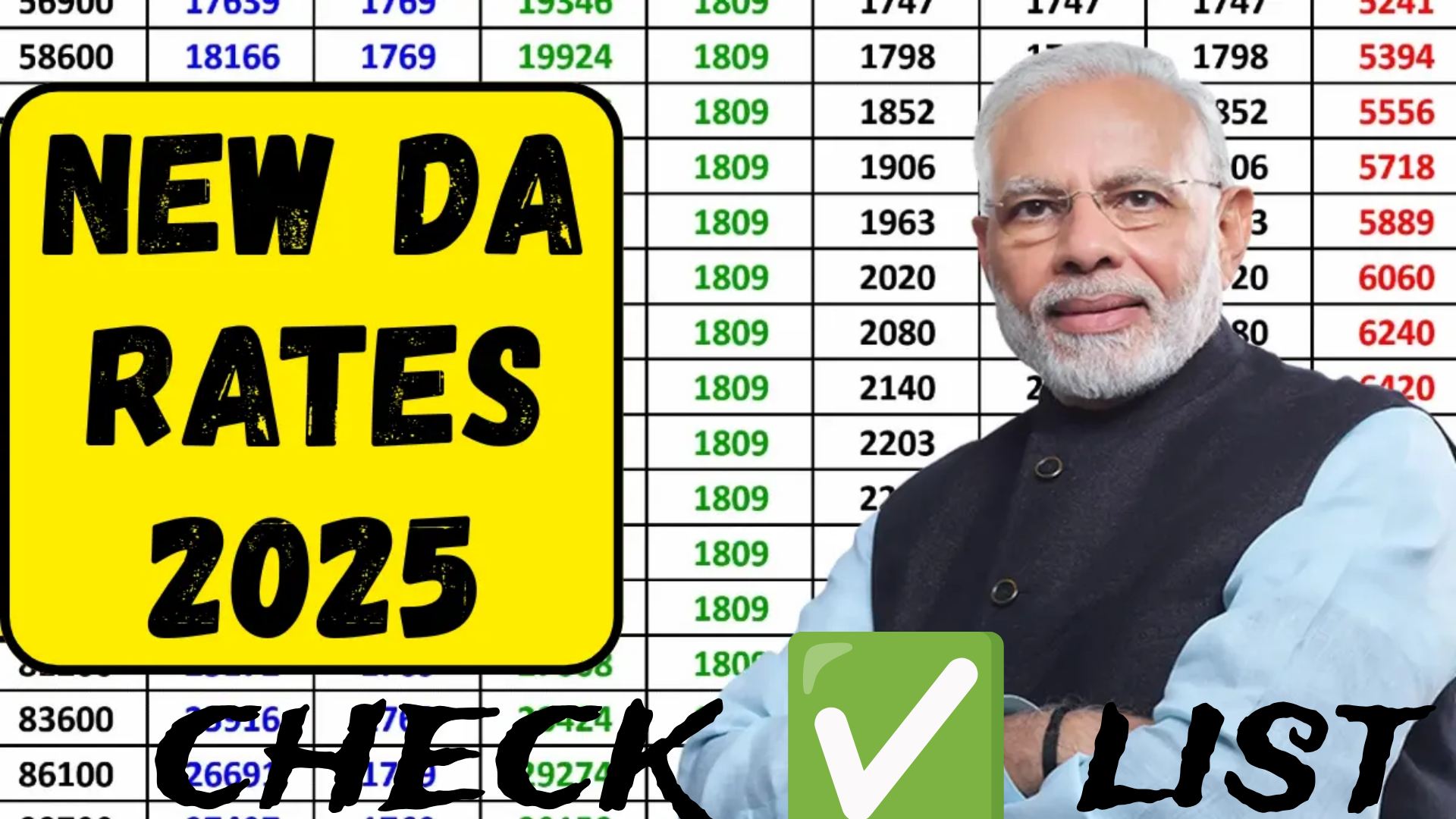The gratuity benefit has long been a vital part of retirement planning for salaried employees in India. In 2025, the rules governing gratuity payments have been revised and clarified — bringing both fresh opportunities and important caveats for employees, employers and retirees alike.
What is Gratuity and Why It Matters
Gratuity is a lump-sum payment that an employer makes to an employee on retirement, resignation (after the eligible period), death or disablement. It serves as a token of appreciation for long service and helps the employee or the family transition into a new phase of life with some financial support.
Key Changes in 2025
Several notable updates have been introduced this year:
- The definition of “gratuity” has been broadened under certain government service rules to include retirement gratuity, death gratuity and residuary gratuity, making it clearer for different employment scenarios.
- Fixed-term and contract employees now see improved eligibility in some cases, while gig, seasonal and platform workers are still waiting on full inclusion.
- The tax-free limit for gratuity payments has been raised in many cases—offering better protection for employees’ earnings at the time of exit.
- The calculation formula remains largely the same (last drawn salary × number of years × constant factor), but transparency has improved with example payouts for service of 5, 7 and 10 years made available.
- Employers are under greater obligation to follow timelines when paying gratuity-dues—delayed payments may now attract interest and greater scrutiny.
- Service counting rules have been modified for government employees, including how past employment in autonomous bodies or re-employment affect claims.
Who Is Likely to Benefit
These changes are particularly positive for long-serving employees, including those in permanent and fixed-term roles, who can now see clearer payout expectations. Employees nearing retirement or those planning their post-service finances will find better clarity in how much they may receive, when and under what circumstances.
What Employees Should Watch Out For
- If you have lesser than the typical minimum service tenure (often five years), your eligibility may still be constrained—exceptions exist (for death/disability) but require awareness.
- If you are in a gig or platform-based role, it appears you may not yet be fully covered under the updated gratuity rules—so be cautious.
- When resigning, retiring or transferring between autonomous bodies and government service, ensure your past service is counted appropriately and that you know how re-employment rules apply.
- For employers, delays in payment may trigger extra liability; for employees, verifying your exit settlement and employer action is wise.
- Even though the tax-free limit has been raised, beyond certain thresholds the excess may become taxable—so planning your retirement payout is useful.
What It Means for Retirement Planning
With greater clarity and updated rules, employees can now better plan their post-work finances. Understanding how service years translate into payouts gives better confidence. For example, knowing your likely gratuity after seven or ten years helps align other savings, investments and retirement strategies. Employers too must align their payroll, HR and exit processes with these changes.
Final Word
The Gratuity Rules of 2025 bring welcome updates for the Indian workforce—enhancing transparency, expanding eligibility and improving fairness in how long-service payments are handled. Employees should review their service records, understand their eligibility and speak with their HR or employer about closing out gratuity obligations. Employers must ensure compliance, timely payout and clear communication. For anyone nearing retirement, resigning or changing jobs soon, these rule-changes are worth watching closely so that you receive what you are entitled to, without surprises.

